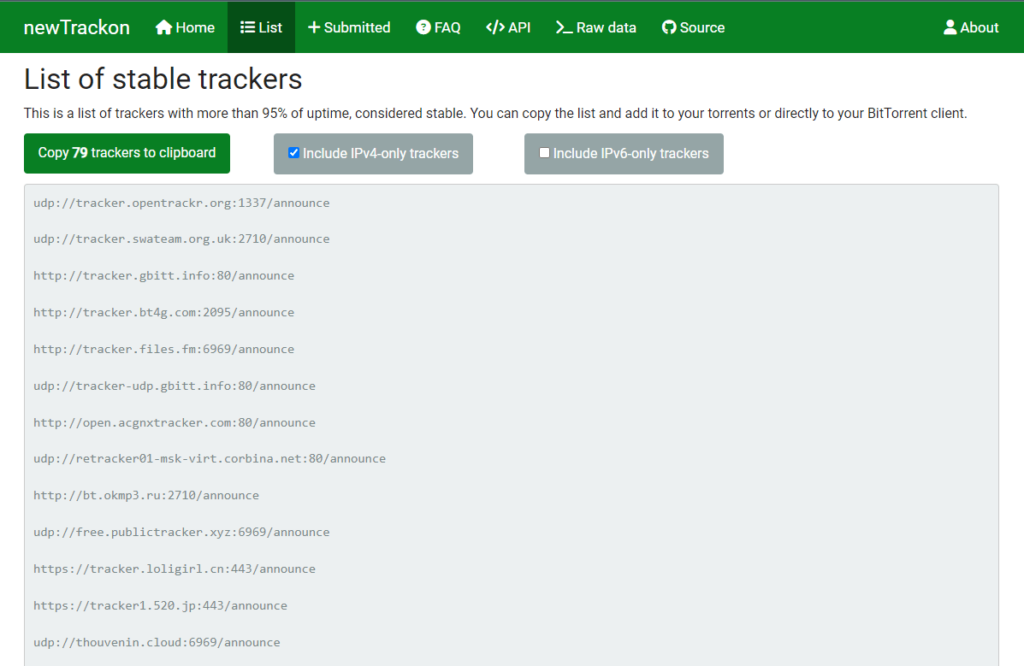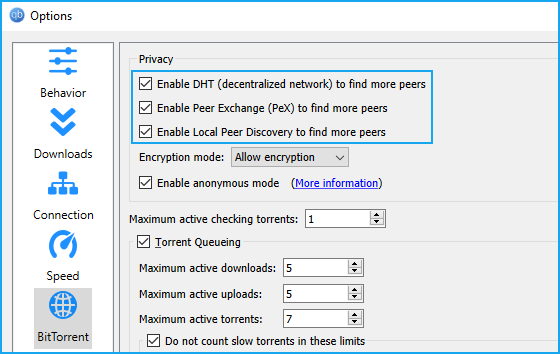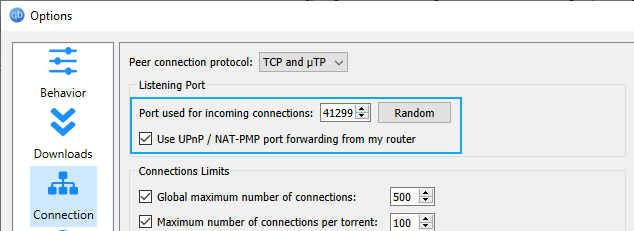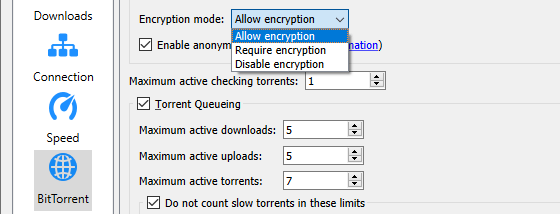So you’ve found a torrent you desperately want but it’s stuck at zero seeds, or worse yet you were able to download part of the file and now progress is stalled because no peers have the full copy.
It’s a dead torrent (and it sucks).
But don’t give up yet, sometimes dead torrents can be brought back to life with minimal effort. Just follow these troubleshooting steps to grab the complete file.
And don’t forget to seed when you’re done. Karma, ya know?
What causes a Dead Torrent
Dead torrents are torrents with no seeds or torrents where the existing peers don’t have all the pieces of the torrent between them.
There are a lot of reasons you could encounter a dead torrent
- It’s outdated and people stopped seeding
- A reliable seed has gone offline
- Popular trackers are down
- It’s not actually dead, it’s a problem with your connection
How to Revive Dead Torrents
Here’s the recommended order or troubleshooting steps to download a dead torrent or torrent with no peers:
- Add more trackers
- Enable DHT
- Optimize your connection settings
- Wait
- Find an alternative file
- Find an alternative source
1. Add more trackers
Just like in the Princess Bride, some torrents aren’t completely dead. They’re just mostly dead. But they can still be brought back to life.
In this case, seeds and peers for the torrent do exist, you just haven’t found them yet because the trackers you’re using don’t know about them. So all you have to do is refresh the list of torrent trackers your client is polling an voila! more peers.
I know you might be skeptical that his actually works, but it’s successful more often than you’d think. More than 50% of the time in my experience. This method is especially effective if you’re not using DHT for some reason.
I recommend copying the most recent list of reliable trackers (sorted by uptime) from NewTrackon and simply add it to the list of trackers in your torrent client.

What’s NewTrackon? Essentially, this service is a Metatracker — a tracker of trackers. It keeps one of the most up-to-date lists of valid tracker addresses on the entire internet.
2. Enable DHT / PEX

If you’re not using DHT, you’re severely limiting your peer availability. Best of all, DHT can help you discover peers even without sending your request to trackers.
You can enable DHT in your torrent client. This setting is usually found under the ‘connection’ tab or the ‘bittorrent’ tab.
Just make sure to check the status bar at the bottom, which should show if DHT is encountering any issues. I’ve occasionally had problems using DHT with SOCKS proxies or specific VPN services.
3. Optimize your connection settings
If your tracker sites are showing available peers but your torrent client can’t connect to any, the problem may be your connection settings.
Depending on your port forwarding setup and encryption settings, there may be peers that exist but aren’t available to you. So let’s fix that.
Fix Port Forwarding
If you don’t have automatic port forwarding (UPnP) set up and you haven’t manually configured port forwarding on your router, you may be unable to connect to other peers that also don’t have UPnP enabled.
Solution: Enable UPnP in your router settings as well as your torrent client (example below).

Enable (don’t force) Encryption
Most torrent clients have built-in protocol encryption which can help defeat throttling by your ISP. But depending on your settings, you may only be able to connect to peers with similar encryption settings.
This typically occurs if your settings are:
- encryption required
- encryption disabled (the worst)
In either case, you’re limiting your peers availability.
Instead, set your client’s encryption settings to ‘enabled’ or the equivalent, which means it will use encrypted peer connections whenever possible but it is not required.

4. Wait
Sometimes all it takes is a little patience for some seeds to come back online and get your download started. After all, even you don’t torrent 24 hours a day, right? Right?
5. Find an alternate file
If you’ve followed every step so far and you still can’t nudge that progress bar forward, it may be time to consider alternatives.
Except for the most exotic files, there are often suitable alternatives. Sure, you might have to compromise a bit on quality (for media) or reputation (of the releaser) but you can probably find something that works.
6. Find an alternate source
If there are no good alternatives or you aren’t willing to compromise on quality (you purist you) then you’ll have to find an alternate way to download the file you want.
In my experience, your best bet is Usenet. You could also look for a niche-specific private tracker to join (though that’s usually not a quick fix).
Failing that you could just buy it. Seriously, it’s an option.
Dead Torrents: summary
With a bit of patience and some simple techniques, you’ll be surprised how many dead torrents you can get moving again.
Better yet, once you fix peer-limiting issues like tracker lists, DHT and port forwarding, you should encounter far fewer dead torrents going forward.
Just to recap, here’s how to fix a dead torrent:
- Add more trackers
- Enable DHT & PeX
- Enable port forwarding
- Enable (but don’t require) protocol encryption
- Wait for new peers to show up
- Look for alternate files
- Find alternate sources
Did we miss any? Share your best tip for fixing dead torrents in the comments!